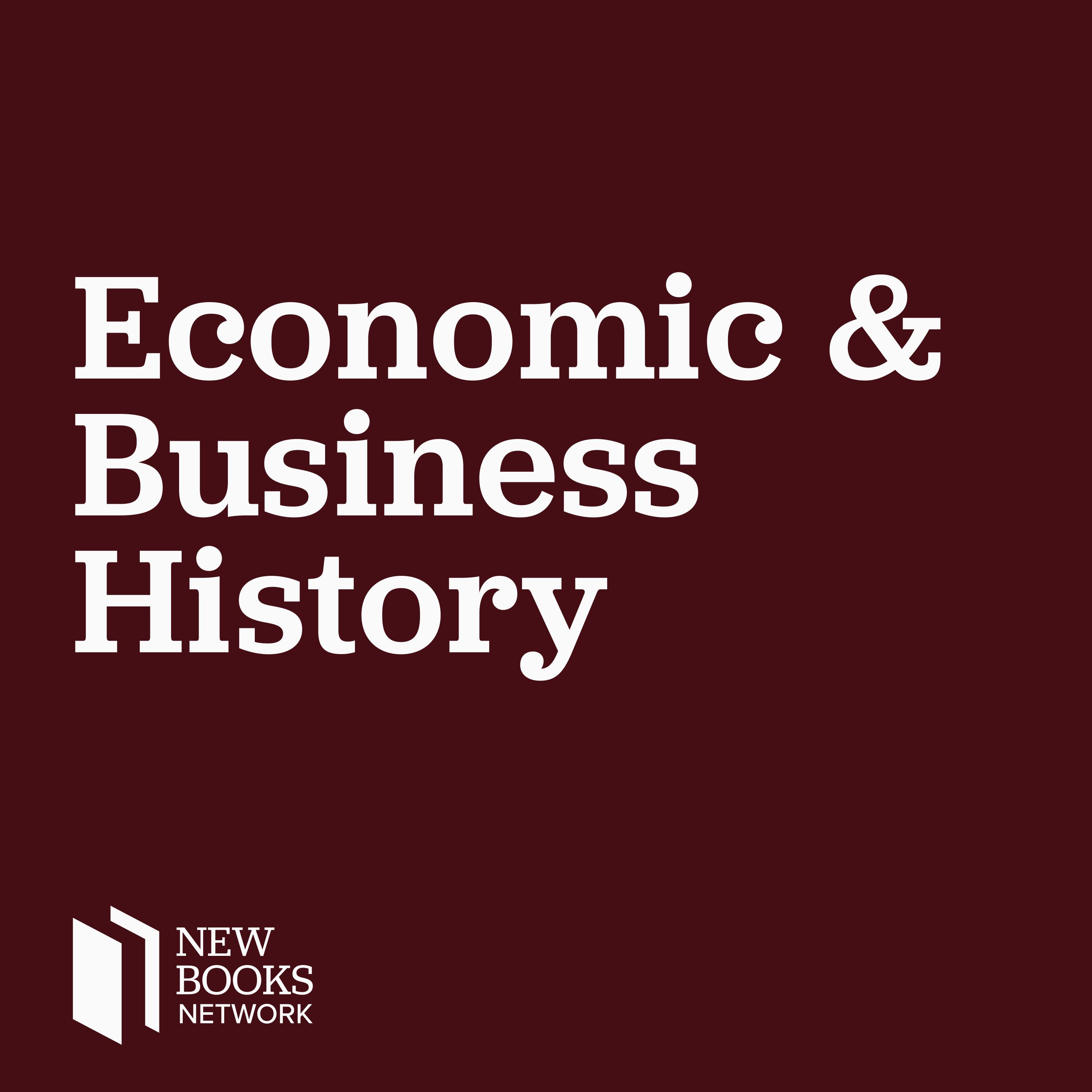
Mark Koyama and Jared Rubin, "How the World Became Rich: The Historical Origins of Economic Growth" (Polity, 2022)

New Books in Economic and Business History
Shownotes Transcript
Most humans are significantly richer than their ancestors. Humanity gained nearly all of its wealth in the last two centuries. How did this come to pass?
In How the World Became Rich: The Historical Origins of Economic Growth)* *(Polity, 2022), Mark Koyama and Jared Rubin dive into the many theories of why modern economic growth happened when and where it did. They discuss recently-advanced theories rooted in geography, politics, culture, demography, and colonialism. Pieces of each of these theories help explain key events on the path to modern riches. Why did the Industrial Revolution begin in 18th-century Britain? Why did some European countries, the USA, Canada, and Japan catch up in the 19th century? Why did it take until the late 20th and 21st centuries for other countries? Why have some still not caught up? Koyama and Rubin show that the past can provide a guide for how countries can escape poverty. There are certain prerequisites that all successful economies seem to have. But there is also no panacea. A society’s past and its institutions and culture play a key role in shaping how it may—or may not—develop.
Javier Mejia is an economist teaching at Stanford University, whose work focuses on the intersection between social networks and economic history. His interests extend to topics on entrepreneurship and political economy with a geographical specialty in Latin America and the Middle East. He received a Ph.D. in Economics from Los Andes University. He has been a Postdoctoral Associate and Lecturer at New York University--Abu Dhabi and a Visiting Scholar at the University of Bordeaux. He is a regular contributor to different news outlets. Currently, he is Forbes Magazine op-ed columnist.
Learn more about your ad choices. Visit megaphone.fm/adchoices)